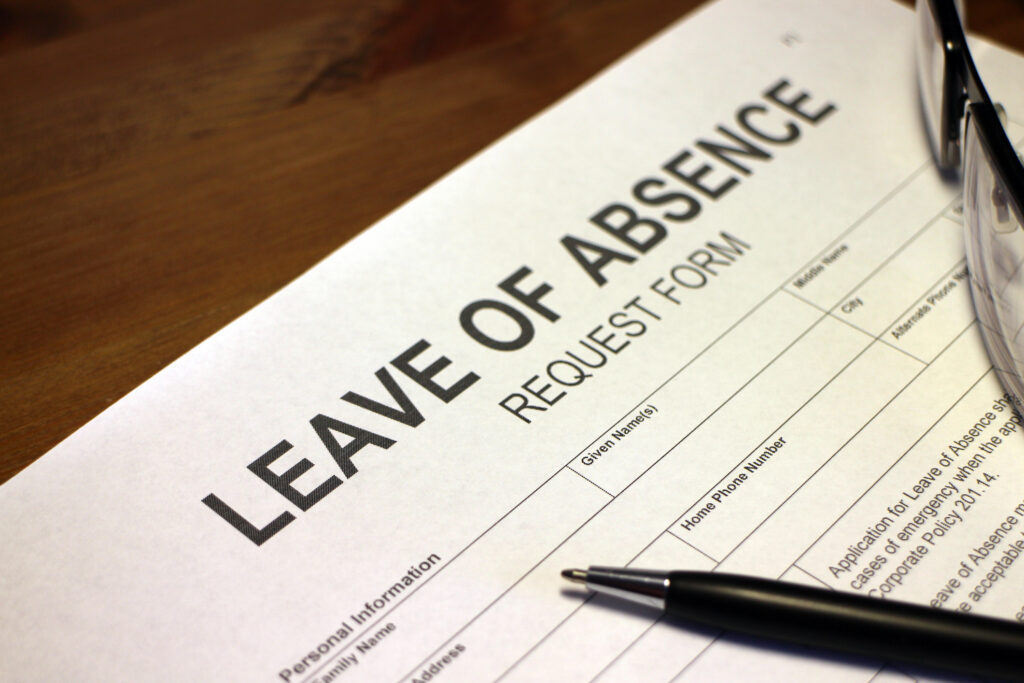Welcome to the Crossroads: FMLA, ADA, LOA, & WC
At the 2024 PARMA Annual Conference, a session discussed the challenges of navigating the intersection of workers’ compensation with the American Disabilities Act (ADA), Family and Medical Leave Act (FMLA), and leave of absence laws. The speakers were David Setzkorn from Sedgwick and Dawn Watkins from Los Angeles Unified School District (LAUSD).
FMLA
FMLA, which has been mandated by law for 31 years, provides 12 weeks of unpaid leave to employees during a 12-month period. During their leave, healthcare benefits are continued and guarantees that after leave, an employee is restored to the same or equivalent job. These benefits can be enhanced under union contracts, but the requirements under FMLA are the minimum.
This law applies to all state and local government employees, regardless of the size of the entity. For private-sector employers, the law only applies to companies with at least 50 employees. For eligibility, an employee must have worked for the employer for at least 12 months and have at least 1,250 hours of service during that period. They must also work at a site that has at least 50 employees within a 75-mile radius.
Employers may contact physicians to obtain medical certifications to substantiate the leave of absence, which is not prohibited under the Health Insurance Portability and Accountability Act (HIPAA) standards. However, this communication should follow a consistent approach for all employees and be limited to employee benefits personnel, like HR. The employee’s immediate supervisor should not be included in these communications. Additionally, employers may occasionally communicate with employees during a period of FMLA, as it pertains to their job duties.
In addition to FMLA benefits, California also has the California Family Rights Act (CFRA) and California Pregnancy Disability Law. CFRA’s medical certification form is much more restrictive than FMLA due to privacy rights in California.
ADA
ADA regulations prohibit discrimination based on disability, requiring employers to provide reasonable accommodations to qualified individuals with disabilities. Around 34% of the Equal Employment Opportunity Commission’s (EEOC) charges stem from ADA violations. It is the most commonly cited form of discrimination and the number of filings relating to this are up 70% in the last 15 years. While disability under ADA includes both physical and mental impairment, many states, including California, have broader definitions of disability than under ADA.
Failure to engage in the “interactive process” relating to ADA not only results in penalties but also an award of attorney fees which could be higher than the actual penalties. The employer and the worker must work together in this interactive process to come up with solutions to the employee’s request. Ultimately, the employer defines what is a “reasonable accommodation,” but if the employee disagrees it could lead to litigation. Because the definition of “reasonable” varies widely, a jury may ultimately make that distinction. Employers need to ensure they are accurately documenting all of their conversations as part of the interactive process.
In theory, accommodations are not supposed to be an undue burden to the employer. However, employers might considering consulting with an attorney before deciding to deny an accommodation as “unreasonable.” Employers should make a purposeful effort in finding options to accommodate the disability. The Job Accommodation Network (JAN) is a free federal resource to assist employers in navigating the accommodation environment. They can provide suggestions to accommodate a wide range of disabilities. Employers challenged to accommodate, should reach out to JAN for assistance.
Leave as an accommodation is an option, but it must be approached carefully. This becomes an issue when the employee has exhausted allowed leave under other existing policies. There needs to be a well defined end to this leave, and allowing continued indefinite leave is not reasonable.
Interplay with Workers’ Compensation
It is important for employers to run FMLA or other state leave concurrent with workers’ compensation, where permitted. Union bargaining agreements could create challenges with this, but failure to run these leaves concurrently could allow the worker to stack the different leaves on top of each other. Remember that light duty is an option, and can be supported under ADA but not under FMLA.


